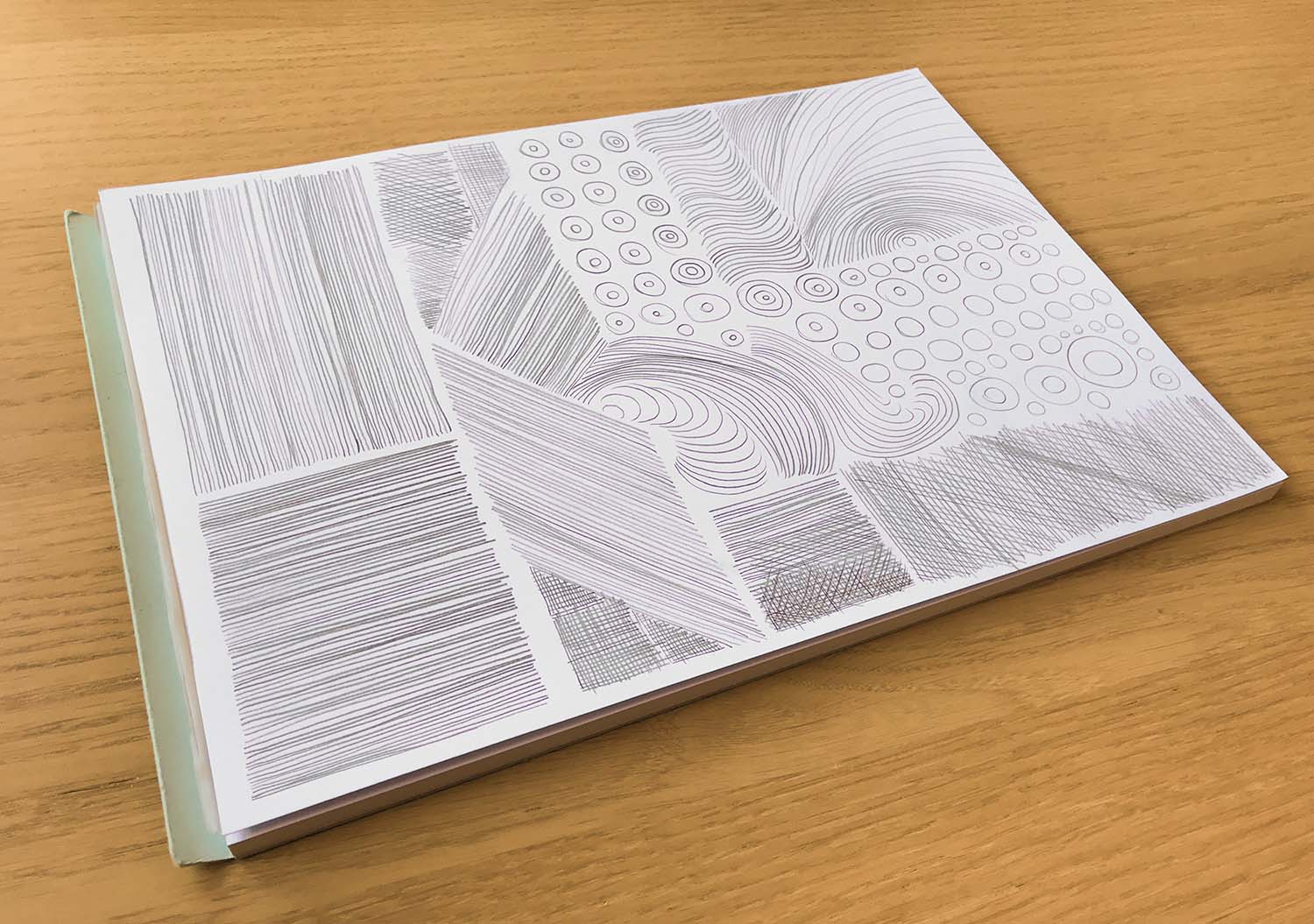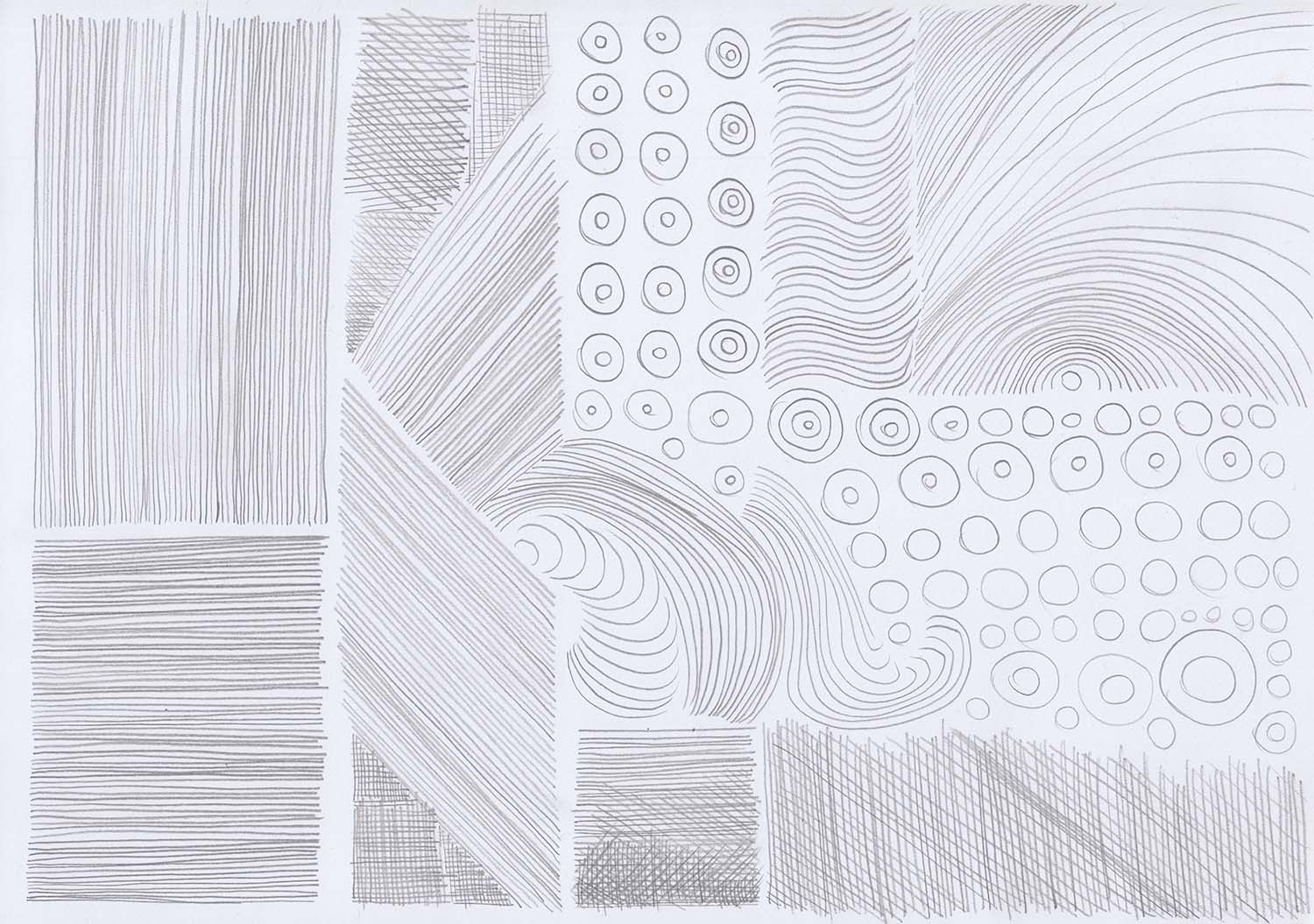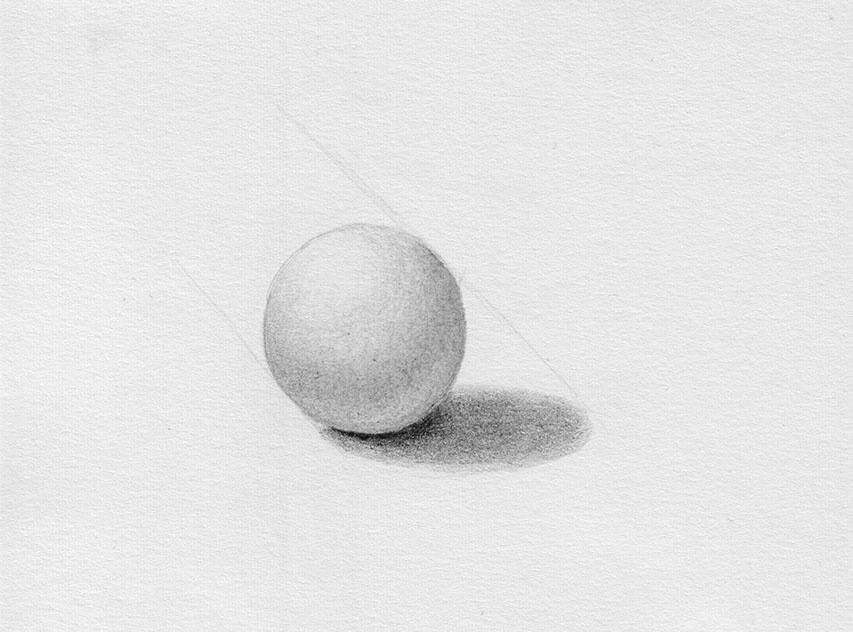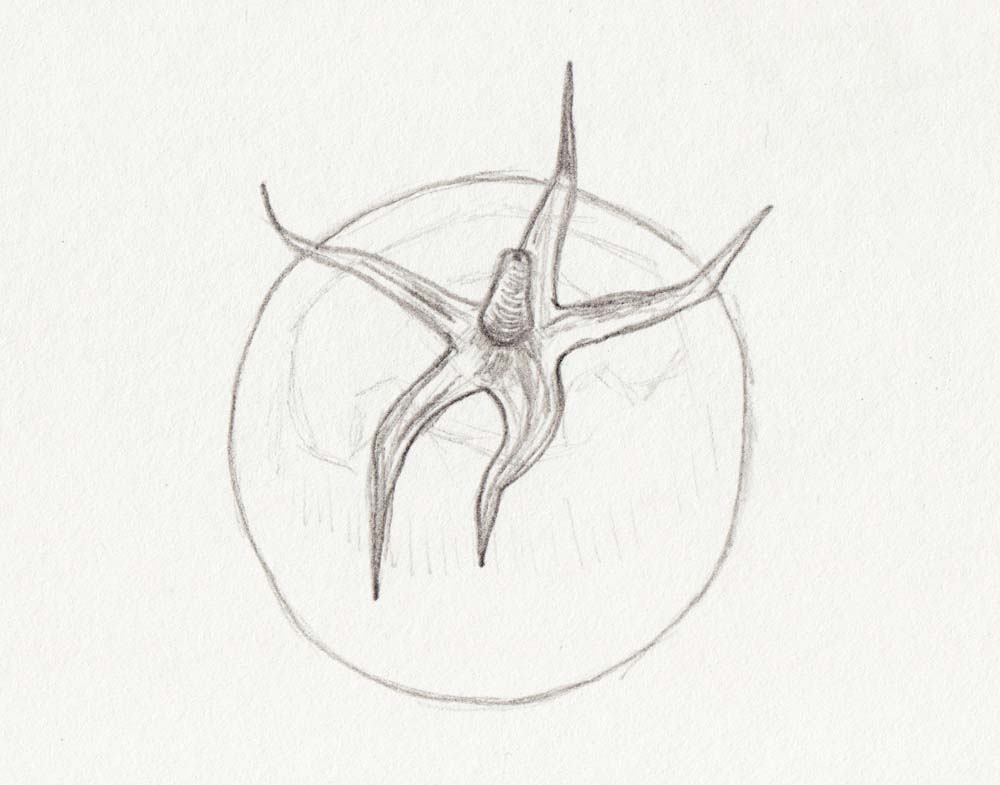
Drawing Exercises
Improve Your Drawing Skills with These Targeted Exercises
Drawing is a creative form of self-expression accessible to people of all ages. Whether you are a beginner or an experienced artist, regularly practicing drawing exercises can help you improve your craft.
Why Are Drawing Exercises Useful?
Warming Up for Creativity
Just as you warm up before sports, it’s advisable to warm up before drawing. Drawing exercises not only loosen your hand but also allow you to make mistakes without “ruining” a complete artwork. This helps you stay motivated and reduces pressure while drawing.
Hand-Eye Coordination
Drawing is a craft that requires the precise translation of what you see onto paper. Regular drawing exercises can sharpen your hand-eye coordination and improve the precision of your strokes.
Stimulating Creativity
When you sit in front of a blank sheet of paper and have no ideas, drawing exercises can stimulate your creativity. They give you a starting point and help to get the creative flow going as you move the pencil across the paper.
How Often Should You Practice?
The frequency of practice depends on your personal schedule. You can use drawing exercises as a warm-up before drawing or integrate them spontaneously into your day.
For example, you could use the time you usually spend scrolling through social media for quick drawing exercises instead. A sketchbook that you always carry with you makes it easy to practice spontaneously—whether at home, on the go, or while traveling.
What Materials Do You Need for Drawing Exercises?
For drawing exercises, you only need two things: paper and pencil. Whether a sketchpad, loose sheets, or a sketchbook, the choice of paper depends on your preferences. Use pencils, fine liners, or ink, depending on what suits you best.
During the exercises, it’s advisable not to use an eraser. Mistakes are part of the learning process, and keeping mistakes allows you to understand what went wrong and do better next time.
Which Drawing Exercise Is Suitable for What?
Drawing Lines

One of the fundamental skills in drawing is drawing precise lines. Lines are the basis of most drawings and are therefore an important technique to master.
Start with straight lines and then practice drawing curved lines and circles. These exercises help train your hand for various line shapes. Try to fill an entire sheet with lines during this exercise. Draw straight lines parallel to each other, both horizontally and vertically. Experiment with diagonal lines to develop a better sense of direction, and later let the lines intersect or touch. Engage with drawing squiggles and spirals, as this can be particularly helpful for certain hatching techniques.
Try to draw the lines in one go without resting your hand on the paper, allowing it to move over the paper. This prevents drawing dashed, frayed lines, strengthens the quality of your lines, and improves your precision.
Drawing Outlines
When drawing outlines, you ignore details or shadows and focus solely on the contours and outlines.
Start with basic objects like a cube, a cylinder, or a sphere. These simple shapes are especially essential for beginners, as the basics need to be mastered before moving on to more complex forms.
Once you’re familiar with simple shapes, you can move on to more complex objects. Try drawing the outlines of everyday items, plants, people, or animals.
The purpose of this exercise is mainly to train your eye for shapes. With increasing practice, you will be able to assess different shapes well and accurately transfer them to paper.
One-Line Drawing
Another helpful drawing exercise is the so-called “one-line drawing.” In this exercise, you try to draw an object without lifting the pencil from the paper. This may be challenging at first but is especially recommended if perfectionism often holds you back. The idea is to focus more on the drawing process itself rather than a flawless end result.
Drawing Shadows

This drawing exercise is good if you’re not a complete beginner anymore. Practice drawing shadows of simple objects like cubes and spheres. The idea is to understand and convincingly depict the shadow casts and shading of these basic shapes.
Pay attention to how the light falls on the surface and which areas are in shadow. Practice with different light sources and angles to gain a better understanding of shadow formation. Realistic shadows give your drawings depth and dimension.
Sketching Various Objects

Drawing quick sketches of various objects is probably one of the best exercises to improve your observation skills and drawing speed. It doesn’t require much preparation and can be done anywhere. Observe your surroundings and try to capture different everyday items in short, spontaneous sketches.
The key is not to spend too much time on a sketch. Try to capture the essence of the object in a short time. This exercise helps you draw faster and more accurately while also developing your ability to capture important details quickly.
Drawing Perspective and Space

Perspective drawing is not easy, even for experienced artists. But everything can be learned, so it’s worth practicing a lot here as well. As a beginner, it is advisable to start with one-point perspective or central perspective and initially draw simple objects like a cube.

Gradually expand your skills by tackling more complex objects and possibly adding another perspective point. Note, however, that perspective drawing takes time and practice to master. Regular practice will help you represent urban scenes, interiors, and landscapes more realistically and spatially over time.
Tips for Establishing a Routine for Drawing Exercises
Depending on your daily routine, it can be challenging to find enough time for regular practice. However, there are a few things that can help you establish a routine:
- Schedule a practice session in your calendar, whether daily or a few times a week. A regular schedule helps create a habit. You can also set a reminder shortly before (e.g., set an alarm or notification).
- Plan short practice sessions if your schedule is particularly busy. It is even better to draw more often and for shorter periods than less frequently and for longer.
- Make it possible to practice spontaneously by always having a pencil and paper at hand. Whether it’s 15 minutes during a break, while waiting for an appointment, or between two tasks, use every opportunity.
- Choose a place where you like to draw and that inspires you. This can be a quiet room in your home, a cozy café, or a park. A pleasant place can help you focus on drawing and motivate you.
- Define clear goals for your drawing exercises. These can be goals like “This week, I want to make five outline drawings” or “I will focus on better understanding shadows.” Setting goals gives your practice a clear direction.
- Find a community of artists, whether locally or online. Sharing your progress, challenges, and drawings with others can be motivating and provide feedback.
- Celebrate your progress, even the small ones. Reward yourself when you reach a goal or master a difficult practice session.
- The most important thing is to be patient with yourself. Drawing is a constant learning process, and it’s perfectly fine to make mistakes. The main thing is to practice continuously and find joy in drawing.